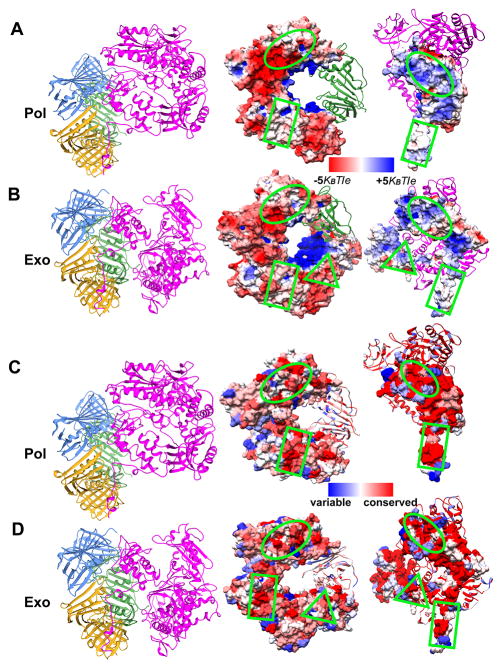Figure 4. Secondary PolB/PCNA interfaces are critical for the conformational switch from polymerization to editing.
Surface electrostatics of the PolB/PCNA interfaces in (A) pol mode and (B) exo mode. The electrostatic potential was mapped onto the molecular surface and colored from red (negative) to blue (positive potential). PCNA and PolB conservation maps are shown in two orientations, corresponding to (C) pol mode and (D) exo mode. The PCNA and PolB molecular surfaces are rendered according to conservation, with highly conserved regions in red, semi-conserved regions in white, and non-conserved regions in blue. PCNA sequences from A. fulgidus, S. solfataricus, T. kodakarensis, T. onnurineus, T. gammatolerans, T. fumicolans, T. paralvinellae, P. yayanosii, P. abyssi, P. horikoshii, P. furiosus and PolB sequences from T. kodakarensis, T. gorgonarius, T. gammatolerans, T. guaymasensis, P. glycovorans, P. abyssi, P. furiosus were aligned using ClustalW. The approximate locations of the three distinct PolB/PCNA interfaces are shown in green as a circle, rectangle and triangle.

